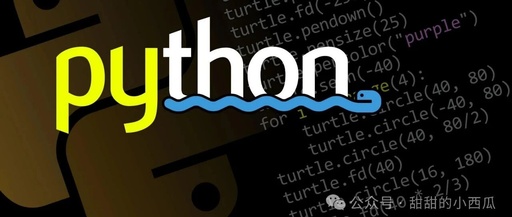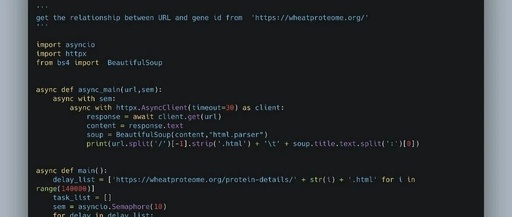High-Performance Network Programming in Linux: Implementing 22 High-Concurrency Models with C++11
Reflecting on a long-overdue blog post about “High-Performance Network Programming in Linux,” I spent the weekend coding to organize this article that implements 22 high-concurrency models using C++11. GitHub code repository: https://github.com/linkxzhou/mylib/tree/master/c%2B%2B/concurrency_server concurrency_server/ ├── base/ # Base component directory │ └── server_base.h # Base class for the server, providing common socket operations ├── benchmark/ # … Read more









